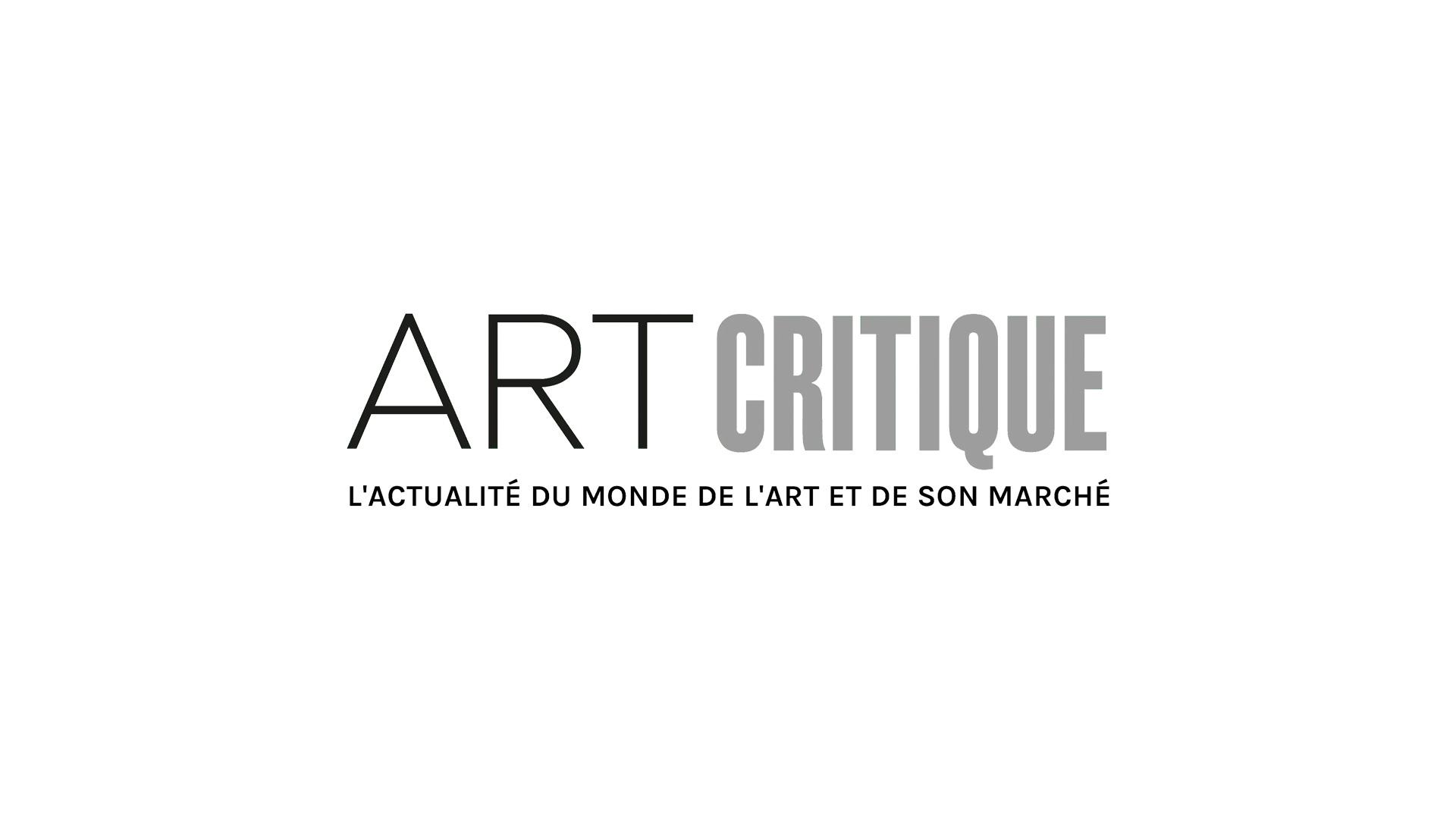As a nation, Canada has been coming to a necessary and long overdue reckoning with its history of violence against entire Indigenous generations. With the ongoing investigation of the country’s former residential schools—institutions that attempted to wipe out Indigenous culture with little regard for those they confined—there is yet another signal flare going off for the necessary acknowledgement of atrocities and meaningful, structural change. And although it’s a small step towards what is needed, the National Gallery of Canada has announced a new vision for the gallery with Indigenous representation at the forefront.
Announced on June 23rd, the National Gallery of Canada put for a statement on their new direction in conjunction with a new logo as well as a brand film that explores the significance of the concept that anchors this new endeavour. Anoksé—an Anishinaabemowin word meaning “everything is connected”—is the apparent core of the new vision for the gallery moving forward.
“Ankosé came to the Gallery during the COVID-19 pandemic,” the gallery stated in their announcement, “when we were striving to stay connected, with a lot of difficulty, through the visual arts. Ankosé reinvigorated the Gallery’s commitment to the communities it exists to serve. Social justice movements spurred by systemic racism have inspired us to commit further to decolonization within our institution, to create a welcoming and accessible environment for everyone, and to advocate for social equity through visual arts.”
This movement towards a structural change of identity for the Canadian institution apparently came about in conversation with Indigenous colleagues as well as Algonquin elders, gallery director and CEO Sasha Suda explains.

“Everyone is connected to the art, to each other. One of the Gallery’s biggest priorities is expanding our invitation and our welcome to invite more voices and visitors… We are evolving beyond the hard geometry of the Western lens, to an inclusive circle where we will weave diverse perspectives into our shared story.”
The most obvious signifier of the shift in focus is the new logo presented by the gallery. Where there was once the sharp depiction of the gallery’s Great Hall in the red of the Canadian flag, now there is an ever-shifting circle, a veritable kaleidoscope that draws from the concept of Ankosé. Designed in collaboration with agency AREA/17, the living logo is inspired by the glass ceiling of the same Great Hall, but brings things in an open, welcoming direction, with its broad and bright palette representing the Northern Lights. It’s a gorgeously innovative approach to visuals for a gallery, and the unique impact it provides is keenly felt in watching the designs cycle through.

The National Gallery of Canada is an institution of its country—residing in the capital atop unceded land, there is a poignancy to their choice of making such foundational shifts to the longstanding model. Although many Canadian galleries have looked to include more Indigenous works over the years, this appears to be the first true altering of vision that has been seen from a major gallery with reparations and progress in mind. “Our brand is more than a logo and a new visual identity,” Suda states. “It is a line in the sand – the beginning of a momentous transformation that will reshape the Gallery’s core. The Gallery recognizes the limitless connections that exist beyond the frame, and we invite the world to expect nothing less from us.”





